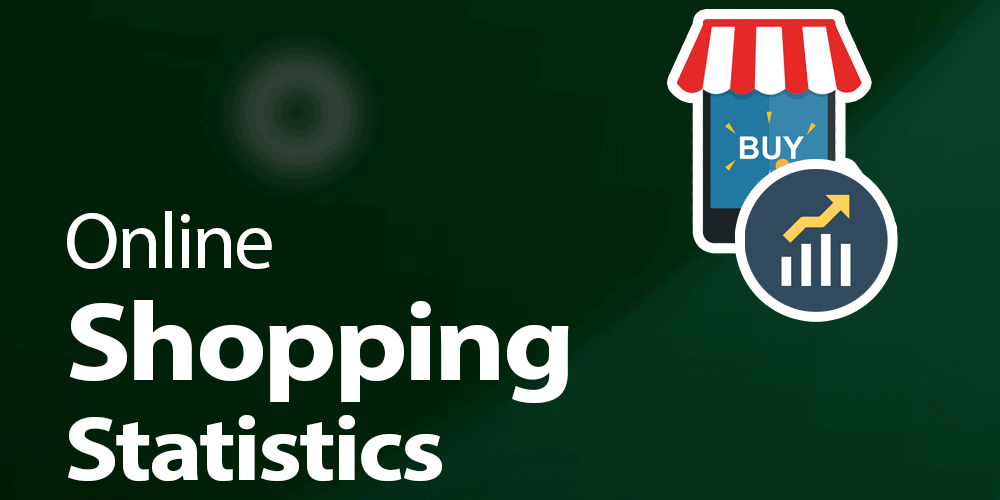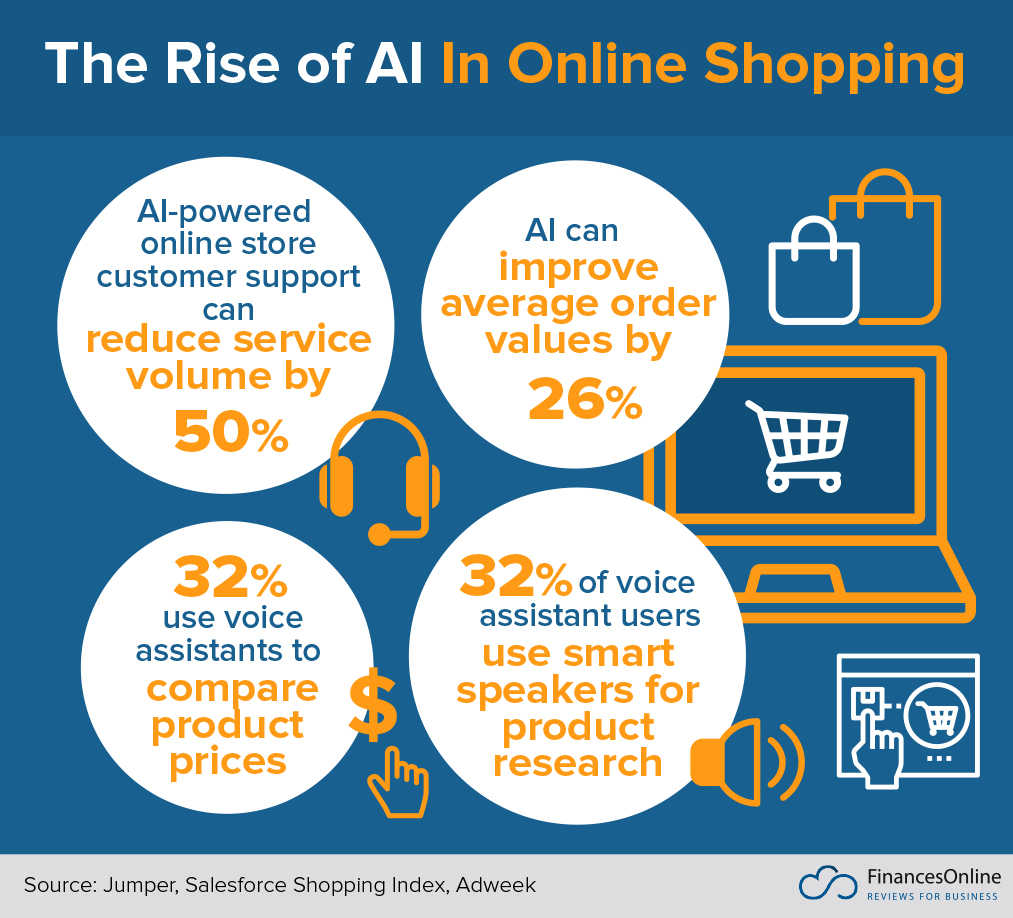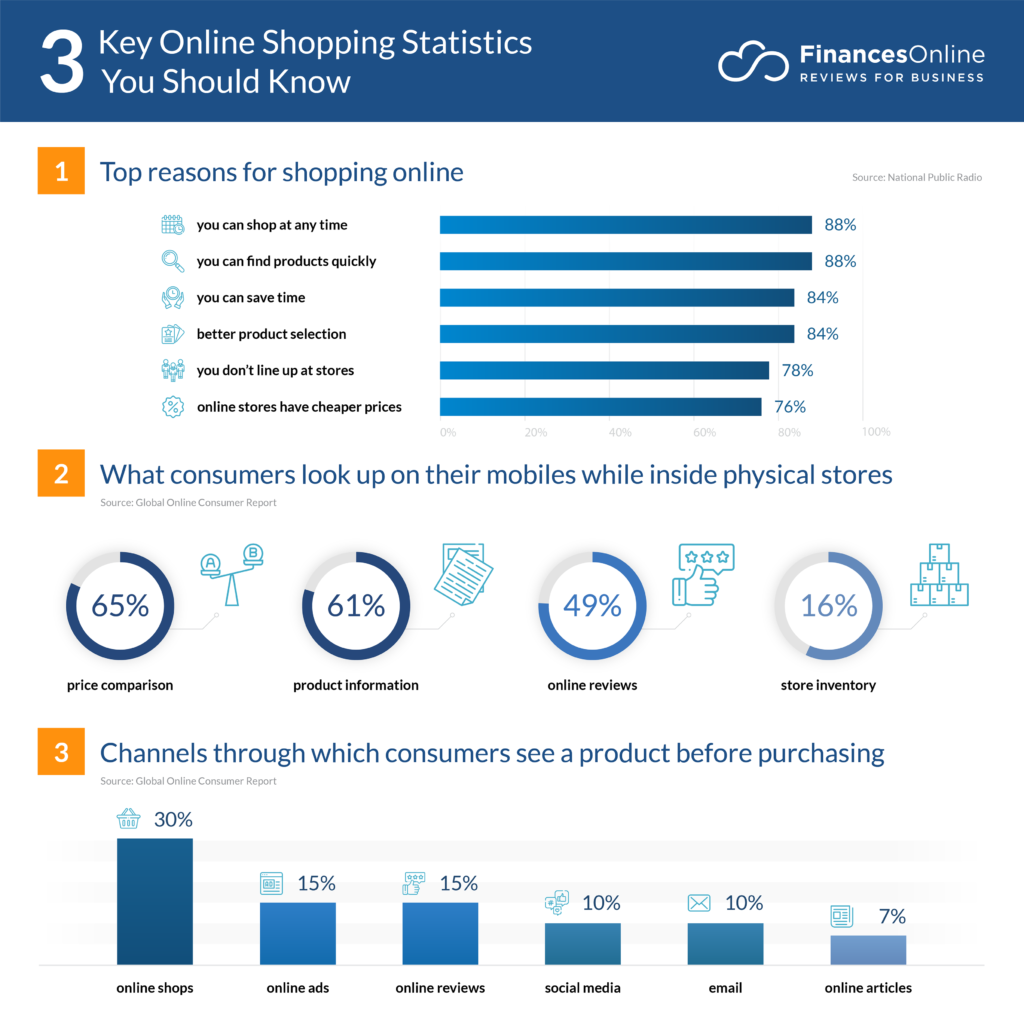
Global E-Commerce Market Overview
Market Size and Growth
Global Sales: The global e-commerce market was valued at approximately $4.9 trillion in 2021 and is projected to reach $7.4 trillion by 2025 (Source: eMarketer).
Annual Growth Rate: E-commerce sales are expected to grow at an annual rate of 10-15% over the next few years (Source: Statista).
Regional Insights
North America: The e-commerce market in North America was valued at $875 billion in 2021, with the United States being the largest contributor (Source: eMarketer).
Asia-Pacific: This region leads the global e-commerce market, with China alone accounting for over $2 trillion in sales in 2021 (Source: eMarketer).
Europe: The European e-commerce market generated $636 billion in sales in 2021, with the UK, Germany, and France being the top markets (Source: Ecommerce Europe).
Consumer Behavior and Preferences
Online Shopping Trends
Preferred Channels: 85% of consumers prefer shopping online due to the convenience of home delivery and a wider variety of products (Source: PwC).
Mobile Commerce: Mobile devices account for 54% of all e-commerce sales, highlighting the importance of mobile-optimized websites and apps (Source: Statista).
Influencing Factors
Reviews and Ratings: 93% of consumers read online reviews before making a purchase, and 88% trust these reviews as much as personal recommendations (Source: BrightLocal).
Free Shipping: 75% of consumers expect free shipping on orders, and 58% are willing to add more items to their cart to qualify for it (Source: NRF).
Social Media Impact
Influence on Purchases: 72% of consumers report that social media influences their purchasing decisions, with platforms like Instagram and Facebook being the most impactful (Source: GlobalWebIndex).
Social Commerce: 36% of online shoppers have made a purchase directly through a social media platform (Source: Statista).
E-Commerce Business Models and Trends
Business Models
B2C (Business-to-Consumer): The most common model, where businesses sell directly to consumers. B2C e-commerce sales are expected to exceed $4 trillion by 2023 (Source: Statista).
B2B (Business-to-Business): B2B e-commerce is growing rapidly, with sales projected to reach $20.9 trillion by 2027 (Source: Statista).
D2C (Direct-to-Consumer): This model allows brands to sell directly to consumers, bypassing traditional retailers. D2C sales are expected to grow by 19.2% annually through 2025 (Source: eMarketer).
Emerging Trends
Subscription Services: The subscription box market is projected to reach $19.96 billion by 2026. Categories like beauty, food, and wellness leading the way (Source: ReportLinker).
Personalization: 80% of consumers are more likely to purchase from a brand that offers personalized experiences (Source: Epsilon).
Sustainability: 73% of global consumers are willing to pay more for sustainable products. Pushing e-commerce businesses to adopt eco-friendly practices (Source: IBM).
Challenges in E-Commerce
Cart Abandonment
Rate: The average cart abandonment rate is around 69.8%. The primary reasons being high shipping costs, complicated checkout processes, and concerns about payment security (Source: Baymard Institute).
Cybersecurity
Data Breaches: 58% of consumers are concerned about their personal data being compromised while shopping online (Source: Norton).
Investment in Security: Businesses are investing more in cybersecurity measures. Global spending expected to reach $170.4 billion by 2022 (Source: Gartner).
Competition
Market Saturation: The ease of setting up online stores has led to increased competition. Standing out requires effective SEO, targeted marketing, and exceptional customer service.
E-Commerce Success Factors
User Experience
Website Design: A well-designed website can increase conversions by up to 200% (Source: Forrester).
Load Speed: A delay of one second in page load time can result in a 7% reduction in conversions (Source: Akamai).
Customer Service
Support Channels: 60% of consumers expect customer service to be available 24/7. Live chat being the preferred method (Source: SuperOffice).
Return Policies: 67% of consumers check the returns policy before making a purchase. 92% will buy again if the return process is easy (Source: Invesp).
Marketing and Advertising
SEO: Organic search drives 43% of all e-commerce traffic (Source: Search Engine Journal).
Email Marketing: Email marketing has an ROI of 42:1, making it one of the most effective marketing channels (Source: DMA).
PPC Advertising: Businesses make an average of $2 in revenue for every $1 spent on Google Ads (Source: Google).
Conclusion
E-commerce continues to revolutionize the retail industry, offering vast opportunities for businesses to reach and engage with consumers worldwide. Understanding key statistics and trends in online retailing is crucial for making informed decisions and staying competitive. From market size and consumer behavior to business models and success factors. These insights provide a comprehensive overview of the current e-commerce landscape. These were the facts for online retailing. For more information, talk to marketing consultants who can further assist through marketing consulting services.
How Digital Agencies Can Assist
Strategy Development: Digital agencies can help develop comprehensive e-commerce strategies tailored to your business goals.
SEO and Content Marketing: Agencies can optimize your website for search engines and create engaging content to drive organic traffic.
Social Media Management: Digital agencies can manage your social media presence, run targeted ads, and engage with your audience.
Analytics and Reporting: Agencies provide detailed analytics to track performance, identify trends, and make data-driven decisions.
Website Design and UX: Agencies can design and optimize your website for a seamless user experience. Improving conversions and customer satisfaction.
By leveraging the expertise of digital agencies, businesses can navigate the complexities of e-commerce. Implement effective strategies, and achieve sustainable growth in the competitive online retail market.










